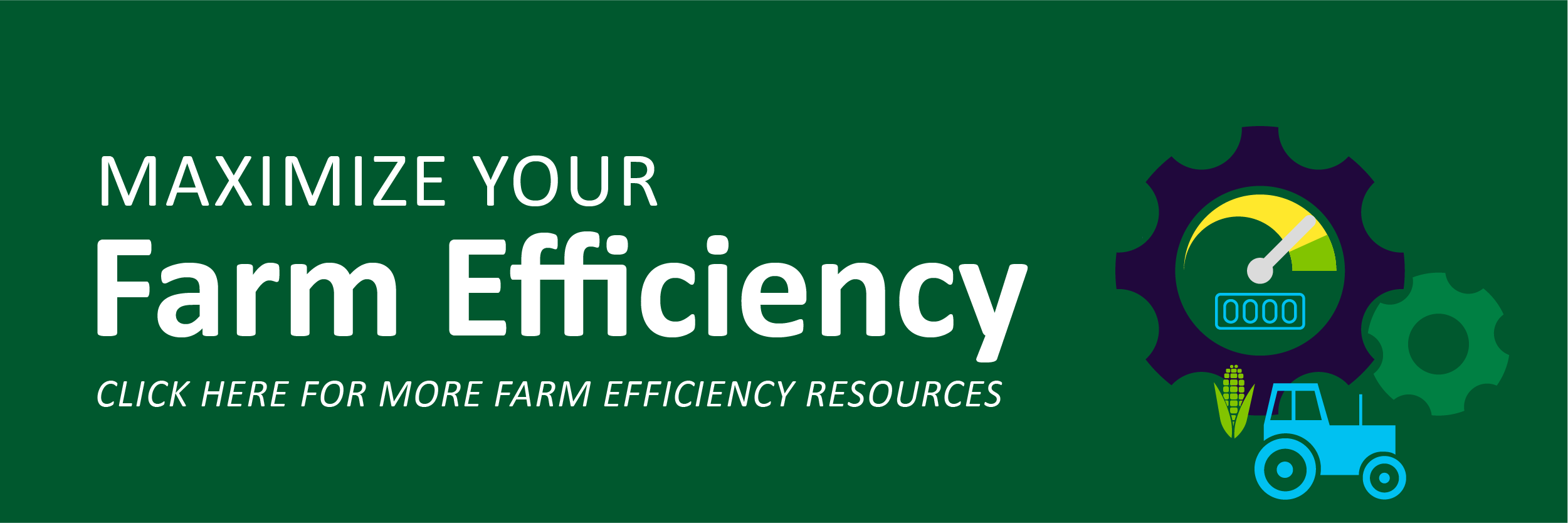Technology is great… when it works like it’s supposed to. Whether it’s your cell phone, computer or agriculture equipment, we’ve all had our fair share of battles with technology. Like it or not, technology isn’t going away. In fact, it’s going to continue to grow and become even more prevalent in our lives, even in agriculture. We see this every year in agriculture as we continue to add technology to our planters and combines. Monitors continue to become more complex, and tractors are driving themselves. So, where do we go from here?
Here are three ways you can get on board with technology and start utilizing your data to make decisions.
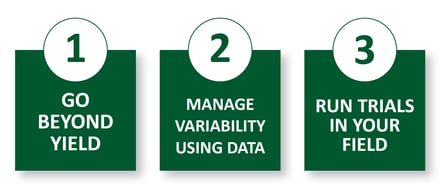
Go beyond yield
When determining the success of a growing season in farming, yield is one of the first things we refer to. Higher yields equal more bushels, and more bushels equal more money. But what does it take to achieve those higher yields?
For instance, in order to gain a 5% yield increase, you’ll have to increase your input costs by 10%. Is that worth it? Tying input costs to yield is a great way to utilize your on-farm data. Breaking down your total cost per bushel (break-even selling price) is a great place to start when determining profitability in your fields. Take it one step further and break down your break-even price spatially by Management Zone, which allows you to really zone in on different areas of each field to reach your greatest return on investment.

As you can see in the graphic above, at Premier Crop we pride ourselves on diving deeper than the competition and gathering all the information to give you a very detailed report so you can visually see, in each management zone, in each part of your field, how you profit. This helps you make better management decisions using your data.
Manage Variability Using Data
Every field has variability. Don’t believe me? Look at your yield maps from the last 5 years. More than likely, those maps are not one consistent color, and discarding years of weather damage, the maps are fairly consistent through each year. Using historical yield data to identify areas of your field that are consistently underperforming or over performing is a great way to make use of your data. Some areas of your fields are going to produce differently than others.
At Premier Crop, we start with your historical yield data, putting it together to achieve a relative yield map of all years of yield data for that specific field. This allows us to find areas of the field that are constantly performing above or below the field average. The next step is to determine the limiting factor (or factors) in that area. For underperforming areas, is it something that can be fixed with nutrients, tile, etc.? Or maybe it’s a sandy area that no matter how much nutrients we pump into it, it will always underachieve. For a higher yielding area of the field, the question becomes ‘how hard can we push that area to continue to increase yield while still maximizing our return on investment?’ Once we establish your zones, Learning Blocks are a great way to prove what the best rates are for each zone. This determines more confidence in your management decisions year after year.
Run Trials in Your Field
We have been running on-farm trials for many years at Premier Crop. We use Learning Blocks to test input rates and seeding populations using a prescription and technology. It's important to note that there is so much variability across every field, therefore different rates work better in specific parts of your field. One way to prove the best profitable rate or population is to trial by blocks instead of strips. By using a Learning Block, we can strategically place a trial in one zone and compare the results of that block to the immediate surrounding area of the same zone, giving us an accurate result.
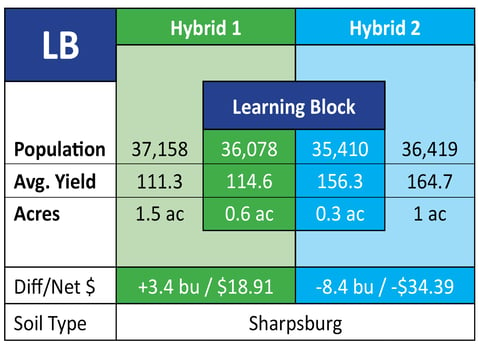
In the example above we tested two different hybrids to see if lowering the population would be beneficial not only by yield, but economics too. You can see that Hybrid 1, tested a lower population by 1,080 seeds/ac and created a +3.4bu/ac with a profit of $18.91/ac. And lowering Hybrid 2 by 1,009 seeds/ac created a profit loss of -8.4/bu and -$34.39/ac. Therefore, the grower can make an informed decision on this specific management zone in his field that Hybrid 1, at a lower seeding population of 36,078 will help him profit in this zone.
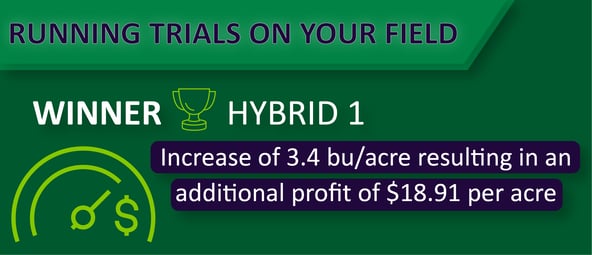
At Premier Crop, in addition to the yield results, we tie the economics to the trial to determine the profitability of making that change. This leads to more confident decisions and more profitability on every acre.
________________________________________________________________________________
Technology can be complicated and frustrating, especially during the busy seasons. The last thing you want to do during planting is stumble through the monitor trying to load a planting prescription. This is where Premier Crop can help. We focus on the data so that you can focus on farming. We handle all of the button clicks and data organization, so when the time comes, you are able to farm without having to worry about setting up your monitor or capturing good data. At the end of the year, we compile all of the data we have collected on your farm, create reports, and meet with you. Together, we take a look at areas that did really well, as well as areas we could change for the next growing season in order to continuously maximize your profit.
As technology continues to evolve, there will be more and more opportunities to utilize our on-farm data. At Premier Crop we continue to monitor the technology changes in agriculture year after year, and help you adopt and adapt to these changes in your operation. Contact us now to get in touch with an advisor in your area.

